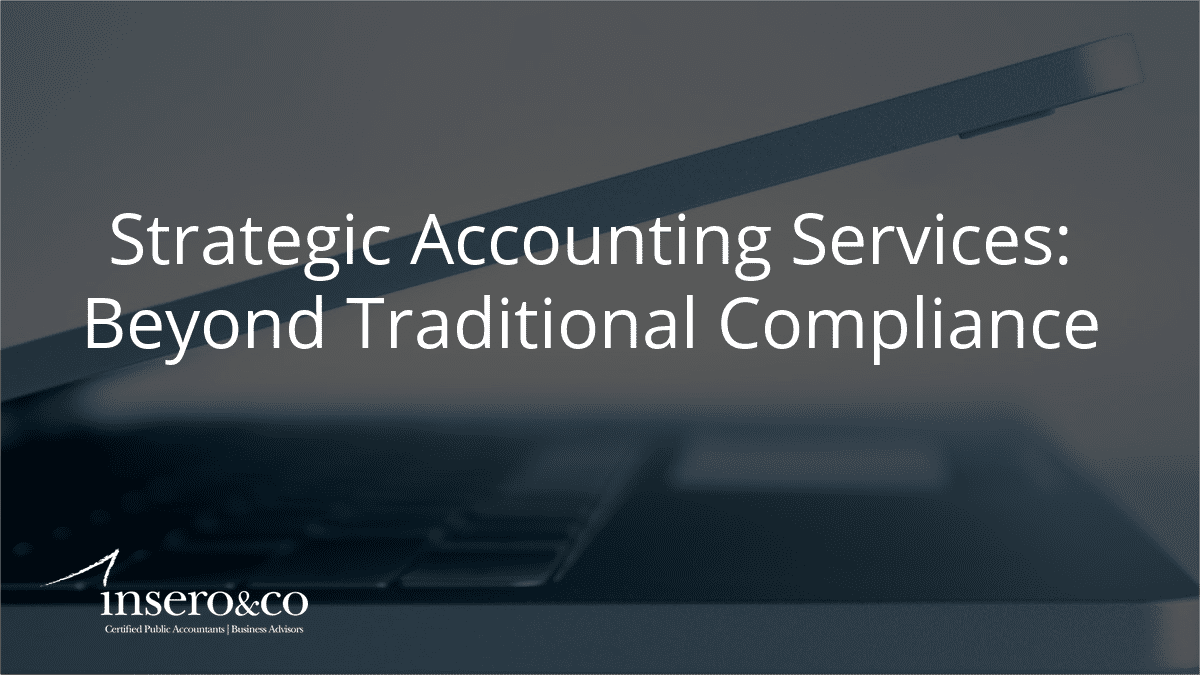ARTICLE | June 19, 2023
The world has never been more interconnected. People work together across time zones, embrace cross-cultural collaboration and develop solutions for an international audience. But that doesn’t mean implementing technology globally is an easy process. Nongovernmental organizations (NGOs) that rush into implementation projects or overlook crucial steps are setting themselves up for disaster.
Here are five steps every organization can take to increase the odds of an effective global technology implementation.
1. Create the right team
No matter where you are located, one thing is true: People make all the difference. Forming the right implementation team and aligning responsibilities with skill sets are more than just essential stages in the implementation process—they are the foundation for success.
Misaligned teams can provoke chaos at every point of the implementation. Perhaps there are too many self-described “experts” or “leaders.” Maybe too few people give constructive feedback, or planning sessions become an unorganized free-for-all.
Regardless of the situation, a competent project manager should maintain control of the environment to ensure continuity and focus. NGOs must design proper governance and establish an efficient decision-making framework with strong executive support. In addition, leaders must clearly define roles and create a project charter, allowing team members to execute their responsibilities to the best of their abilities.
2. Focus on culture
Life would be very dull if every culture were the same. But those differences can add complications when it comes to technology implementation. There are obvious hurdles, such as language barriers, translation errors and holiday schedules that don’t line up. But some difficulties can be more subtle. For example, communication styles may conflict. Work styles might clash.
To minimize such obstacles, NGOs must develop a robust change management and communication plan, taking into account the host country’s culture and values. Furthermore, all training and documentation materials should be created through a cultural lens, and those aspects then have to be reviewed by team members who are experts on the local community.
Respect is a universal value. Therefore, organizations that appreciate cultural differences—rather than impose decrees—are usually rewarded.
3. Watch the budget
Establishing a holistic budget at the beginning of the project is critical to managing project costs effectively. The pandemic accelerated the rise of remote work. But when it comes to global technology implementation, some tasks must be performed in person, and international travel costs can add up fast.
This is just one example of the importance of proper budgeting. Yes, NGOs have to account for significant travel costs at multiple project stages. After all, an on-site presence is crucial for training, and as mentioned previously, it is often necessary for cultural reasons.
But other costs can hammer a project unless the organization is prepared for them. For example, some countries may lack an infrastructure that would otherwise support an NGO, or foreign offices may need structural upgrades to comply with the technology implementation. In such cases, the organization has to foot the bill, which will quickly become evident if no one pays attention to the budget.
4. Follow the methodology
Your situation is not unique. Of course, every project has exceptions and nuances, but reinventing the wheel is rarely a good idea. NGOs fare better when they follow a proven methodology. An implementation project is not the time to improvise. This means building a project plan with a clear understanding of critical paths, international schedules and crucial goals. In addition, organizations must develop the project’s requirements and tenaciously manage its scope and priorities.
In cases of pushback, leaders must stay true to what they know works rather than acquiesce for convenience. Sticking to a proven effective methodology that can be adapted for the specific project usually leads to fewer headaches and better results.
5. Execute the plan
Imagine a rocket scientist saying, “Let’s wait until launch to see if we built this thing right.”
Leaders cannot assume all their calculations are correct and that nothing will go wrong. Therefore, designing and executing a fully developed risk management plan is essential to any implementation project. This involves integrating an issue-management process into the project governance and giving project managers the authority to act decisively if problems arise. Furthermore, NGOs need to test every aspect of the implemented technology, in every field office, under as many conditions as possible.
Putting it all together
Working across borders is not always easy, but it doesn’t have to be strenuous. Organizations thrive when they create the right team, respect cultural differences and budget appropriately. A global technology implementation will likely succeed if they adhere to a well-established methodology and execute an effective risk management plan.
Article originally published on The Humentum Blog.
Do you have questions or want to talk?
Call us at (800) 232-9547 or fill out the form below and we’ll contact you to discuss your specific situation.
This article was written by Michele Juliana, Laurie Mosebrook, Jackie Zibrosky and originally appeared on 2023-06-19.
2022 RSM US LLP. All rights reserved.
https://rsmus.com/insights/industries/nonprofit/5-steps-for-ngos-to-successfully-implement-technology-globally.html
RSM US Alliance provides its members with access to resources of RSM US LLP. RSM US Alliance member firms are separate and independent businesses and legal entities that are responsible for their own acts and omissions, and each are separate and independent from RSM US LLP. RSM US LLP is the U.S. member firm of RSM International, a global network of independent audit, tax, and consulting firms. Members of RSM US Alliance have access to RSM International resources through RSM US LLP but are not member firms of RSM International. Visit rsmus.com/aboutus for more information regarding RSM US LLP and RSM International. The RSM(tm) brandmark is used under license by RSM US LLP. RSM US Alliance products and services are proprietary to RSM US LLP.

Insero & Co. CPAs, LLP is a proud member of RSM US Alliance, a premier affiliation of independent accounting and consulting firms in the United States. RSM US Alliance provides our firm with access to resources of RSM US LLP, the leading provider of audit, tax and consulting services focused on the middle market. RSM US LLP is a licensed CPA firm and the U.S. member of RSM International, a global network of independent audit, tax and consulting firms with more than 43,000 people in over 120 countries.
Our membership in RSM US Alliance has elevated our capabilities in the marketplace, helping to differentiate our firm from the competition while allowing us to maintain our independence and entrepreneurial culture. We have access to a valuable peer network of like-sized firms as well as a broad range of tools, expertise, and technical resources.
For more information on how Insero & Co. CPAs can assist you, please call (800) 232-9547.




